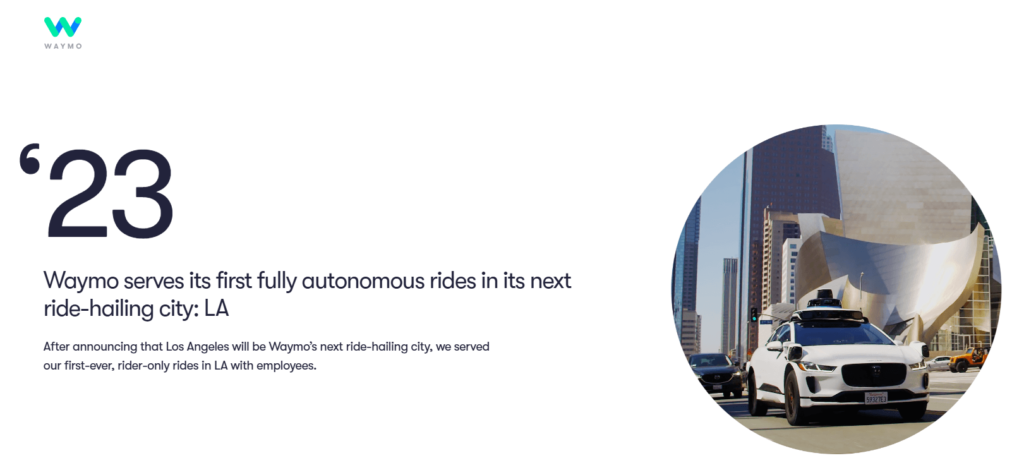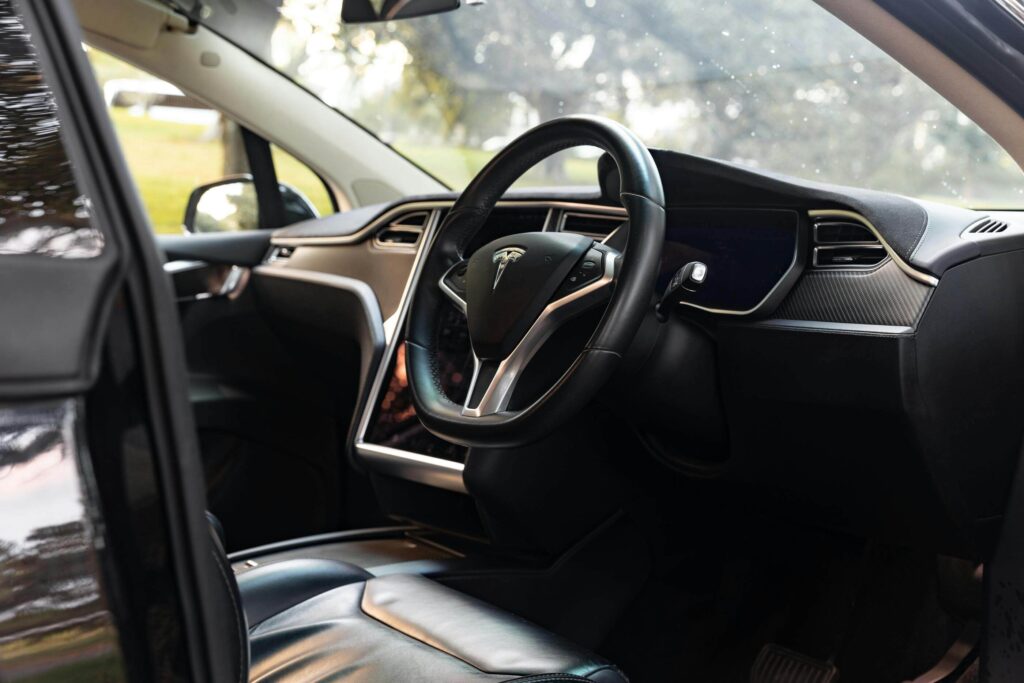Introduction
Self-driving cars were once just a cool concept in sci-fi movies, but today, they are turning into a reality. Tech giants are perfecting autonomous vehicle (AV) technology, promising a future with safer roads, fewer traffic jams, and hassle-free journeys. But while AVs are evolving fast, they are still far from dominating our streets. Strict regulations, safety concerns, and public skepticism are major roadblocks. So, how soon can self-driving cars become mainstream? Let’s explore the latest breakthroughs, challenges, and the impact AVs could have on transportation.
Overview of Autonomous Vehicle Technology Advancements
Technological advancements in autonomous vehicles have been powered by AI systems that enable real-time decision-making. These systems help cars navigate complex traffic, adjust speed, and plan routes safely.
LiDAR and radar sensors are essential for precise mapping and obstacle detection, ensuring smoother navigation. Additionally, Vehicle-to-Everything (V2X) communication allows vehicles to interact with other cars and infrastructure, optimizing traffic flow and enhancing safety. Leading companies like Tesla and Waymo are pushing the boundaries of AV technology. Tesla’s Full Self-Driving system and Waymo’s autonomous taxis are prime examples. These companies are testing AVs in real-world environments, showing their potential to reshape transportation.

Recent breakthroughs in AI algorithms and sensor integration are closing the gap toward full autonomy. While fully autonomous vehicles aren’t mainstream yet, these advancements bring us closer to a world where self-driving cars will change the way we travel.
Regulatory Challenges Facing Autonomous Vehicles
Despite the excitement surrounding autonomous vehicles (AVs), there are major concerns about safety, vehicle reliability, and public trust. One key issue is accountability in the event of an accident. Who is responsible if an AV is involved in a crash? This uncertainty creates hesitancy among both regulators and consumers. AVs rely heavily on sensors, software, and AI to make quick decisions, and glitches could lead to serious accidents.
Public trust is also crucial. Many people are skeptical about letting machines take control, especially in life-or-death situations. To gain public acceptance, developers must be transparent about how AVs work, how decisions are made, and the rigorous testing processes to ensure safety. Building trust will be just as important as technological advancements in making AVs a reality on the roads.
Potential Impact on Logistics and Transportation Industries
Autonomous vehicles promise significant cost savings for businesses, especially in logistics, by eliminating the need for human drivers and operating 24/7. AI-powered routing optimizes traffic flow, ensuring faster deliveries with fewer delays.
However, the widespread adoption of AVs may lead to job displacement, particularly in trucking and ride-hailing services. While some jobs may be lost, new roles in vehicle monitoring, maintenance, and cybersecurity will emerge.
AVs can drastically reduce human error-related accidents, improving safety on the roads. With advanced sensors and AI, AVs can make real-time decisions, enhancing transportation efficiency and safety.
Improved Efficiency & Safety
AVs can revolutionize efficiency and safety. With AI technology, AVs optimize driving behavior, improving fuel efficiency and reducing travel times. They calculate the best routes, avoid congestion, and maintain consistent speeds, improving traffic flow.
In terms of safety, AVs offer a major advantage by eliminating human error, the leading cause of road accidents. Equipped with sensors and AI, AVs can detect hazards, anticipate risks, and react faster than humans, reducing accidents caused by distractions, fatigue, or impaired driving.

Future Predictions for Autonomous Vehicle Adoption
The future of autonomous vehicles (AVs) is promising, with rapid advancements in technology, regulatory frameworks, and public acceptance expected to drive their widespread adoption. As AI, machine learning, and sensor technologies improve, AVs will become more reliable and capable of handling diverse driving environments, making them a practical solution for daily transportation.
Governments and regulatory bodies will play a crucial role in shaping AV integration, implementing policies that ensure safety while addressing concerns such as liability and insurance. As AV technology matures, expect more countries to introduce supportive regulations, creating a clear pathway for mass adoption.
Public trust is also key to widespread AV adoption. As more people experience AVs firsthand and witness their safety benefits, acceptance will grow. In the next decade, we may see AVs in everyday use, especially in urban settings, transforming the future of transportation.
Conclusion
Autonomous vehicles are set to transform transportation, offering improved safety, efficiency, and convenience. While there are challenges, advancements in AI and sensor technology are paving the way for safer, more effective self-driving systems. The logistics and transportation industries will benefit from these innovations, improving efficiency and reducing costs. As regulatory frameworks evolve and public acceptance grows, autonomous vehicles will become an integral part of our daily lives, making transportation safer, smarter, and more sustainable.
